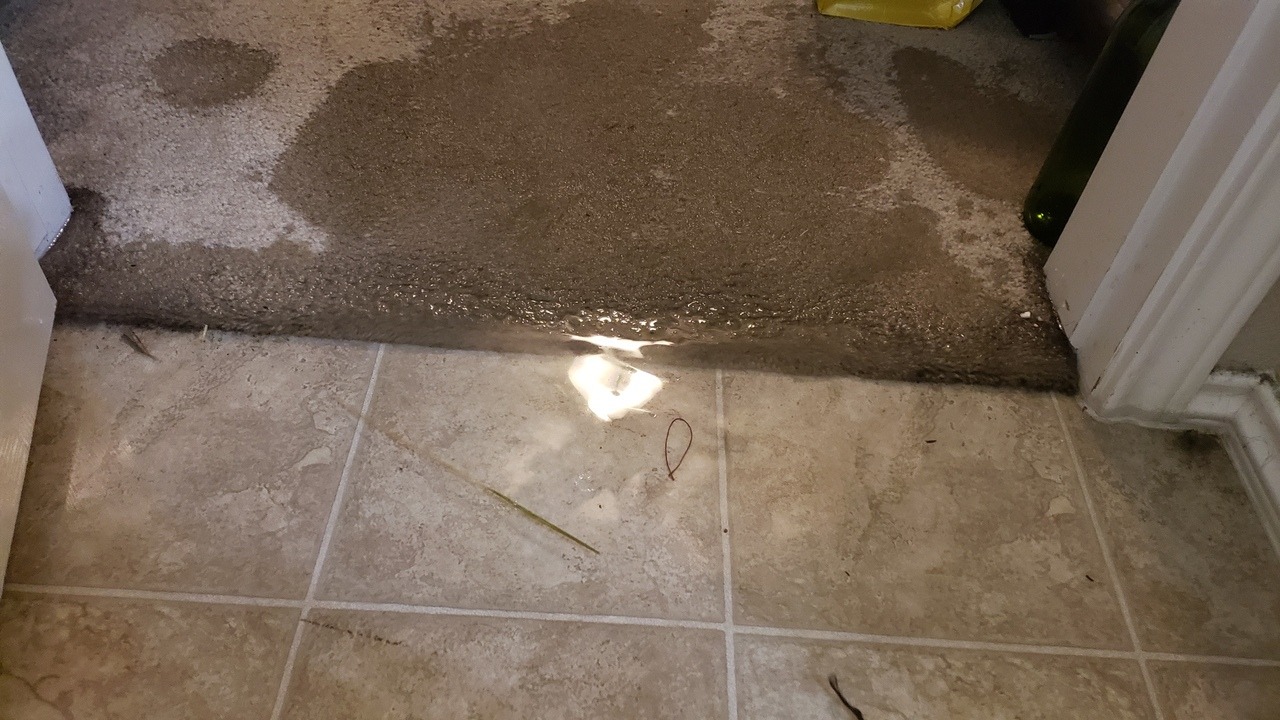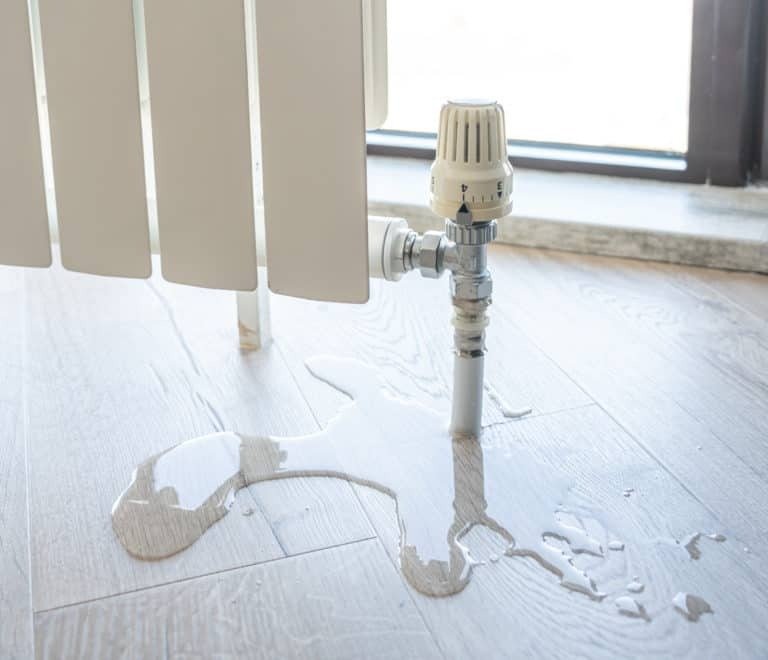What Causes Water Damage in the Bathroom
What Causes Water Damage in the Bathroom
Blog Article
We've come across this article relating to How to Repair and Prevent Bathroom Water Damage? below on the internet and figured it made perfect sense to talk about it with you over here.

Water damage typically happens in the bathroom as a result of the water utilized daily. Sometimes, the damages could be a little mold and mildew from the shower. Other times, it's substantial damages on your floor. Whatever it is, it is always excellent to know the cause as well as prevent it prior to it takes place.
This guide will experience a few of the common sources of water damage in the shower room. We will additionally analyze what you can do to prevent these causes from damaging your shower room. Let's dive in.
5 Usual Root Causes Of Water Damage in Bathrooms
These are the usual reasons you would have water damage in your shower rooms and just how you can spot them:
Ruptured or Leaking Pipelines
There are many pipelines carrying water to various parts of your bathroom. Some pipelines take water to the bathroom, the sink, the faucets, the shower, as well as several other places. They crisscross the little area of the shower room.
From time to time, these pipelines could obtain rusty as well as burst. Other times, human activity could trigger them to leak. When this takes place, you'll find water in the edges of your restroom or on the wall.
To detect this, watch out for bubbling wall surfaces, mold and mildews, or mildew. Call an expert emergency situation plumber to fix this when it occurs.
Splits in your wall ceramic tilesv
Washroom wall ceramic tiles have actually been specially developed for that objective. They protect the wall from wetness from individuals taking showers. However, they are not indestructible.
Often, your shower room wall surface tiles crack as well as enable some dampness to permeate into the wall. This might possibly damage the wall if you don't take any type of action. If you observe a split on your wall surface tiles, fix it instantly. Don't wait up until it damages your wall surface.
Overruning toilets and sinks
As people, in some cases we make errors that might create some water damage in the washroom. As an example, leaving your sink faucet on could cause overflowing and damage to other parts of the restroom with wetness.
Likewise, a malfunctioning toilet could cause overflowing. For example, a broken toilet handle or other parts of the cistern. When this happens, it can harm the flooring.
As quickly as you observe an overruning sink or commode, call a plumbing technician to help take care of it instantly.
Roof covering Leakages
In some cases, the issue of water damage to the washroom might not originate from the washroom. For example, a roof leakage might trigger damage to the restroom ceiling. You can spot the damages done by considering the water discolorations on the ceiling.
If you discover water spots on your ceiling, check the roof to see if it's harmed. After that, call an expert to assist fix the problem.
Excess Moisture
It's cool to have that lengthy shower and also sprinkle water while you dance around and imitate you're executing, yet often these acts might trigger water damage to your bathroom.
Spraying water around can trigger water to go to edges as well as form molds. See how you spread out excess wetness around, and when you do it, clean it up to stop damages.
Conclusion
Water damage to your washroom can be annoying. Nonetheless, you can handle it if you prevent several of the causes stated in this overview. Call a professional emergency situation plumbing if you observe any extreme damages.
How to Prevent Water Damage in Your Bathroom?
Water damage repair is an expensive, meticulous, and lengthy process. Unfortunately, bathrooms are the most susceptible rooms to water damage due to toilets, showers, and sinks. Pipes and fixtures wear out over time and are not immune to damage. But all is not lost, as there are ways to prevent water damage from occurring in your bathroom.
Check Your Plumbing
Nothing lasts forever, especially pipes, which can rust and begin leaking over time. You should periodically conduct pipe inspections and pay attention for any musty smells or water stains that may indicate you need water damage repair. Here are some things to check:
Frequently test valves for your toilet, shower, and sink to ensure they are properly working.
Check faucet supply lines hidden under vanities and replace when needed.
Replace cracked or deteriorating caulking along sinks, tubs, and showers.
If you notice a clog in your sink, call in a professional.
Since you can’t check the pipes in the wall, keep an eye out for stains, drywall bubbling, musty smells, and excess moisture; if the bathroom is on a second level, check the ceiling of the room directly below for these signs.
Don’t Overwork Your Toilet
One of the most common reasons bathrooms need water damage repair is due to overflowing toilets. Save yourself the hassle of cleanup by being mindful and not pushing your toilet to extreme limits. If you have young children, it is especially important to keep an eye on them when they are in the bathroom and to teach them how to avoid clogging the toilet. Here are some more tips to help prevent your toilet from overflowing:
If you have a septic tank, only use septic-safe toilet paper
Do not flush anything down the toilet besides toilet paper; items like diapers and sanitary napkins will clog the piping
Pay attention to your toilet’s water level: If it’s low, it could mean it is partially clogged or that there is a crack in the toilet bowl
https://www.alure.com/home-improvements-blog/resources/how-to-prevent-water-damage-in-your-bathroom

How to Prevent Water Damage in Your Bathroom?
Water damage repair is an expensive, meticulous, and lengthy process. Unfortunately, bathrooms are the most susceptible rooms to water damage due to toilets, showers, and sinks. Pipes and fixtures wear out over time and are not immune to damage. But all is not lost, as there are ways to prevent water damage from occurring in your bathroom.
Check Your Plumbing
Nothing lasts forever, especially pipes, which can rust and begin leaking over time. You should periodically conduct pipe inspections and pay attention for any musty smells or water stains that may indicate you need water damage repair. Here are some things to check:
Don’t Overwork Your Toilet
One of the most common reasons bathrooms need water damage repair is due to overflowing toilets. Save yourself the hassle of cleanup by being mindful and not pushing your toilet to extreme limits. If you have young children, it is especially important to keep an eye on them when they are in the bathroom and to teach them how to avoid clogging the toilet. Here are some more tips to help prevent your toilet from overflowing:
https://www.alure.com/home-improvements-blog/resources/how-to-prevent-water-damage-in-your-bathroom
I'm very involved in How to Repair and Prevent Bathroom Water Damage? and I hope you liked the entire blog post. For those who enjoyed reading our post if you please remember to pass it around. Kudos for your time. Don't hesitate to pay a visit to our website back soon.
Schedule Services Report this page